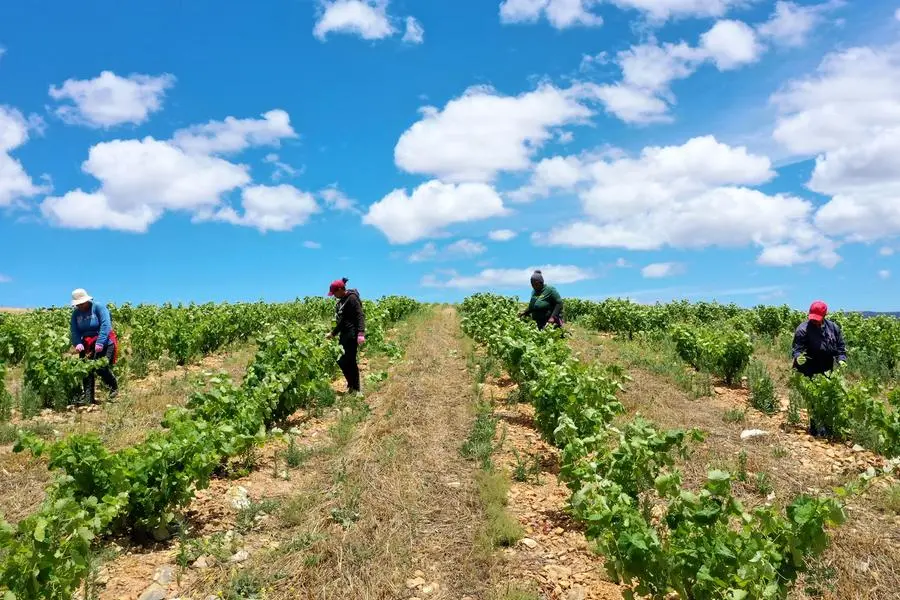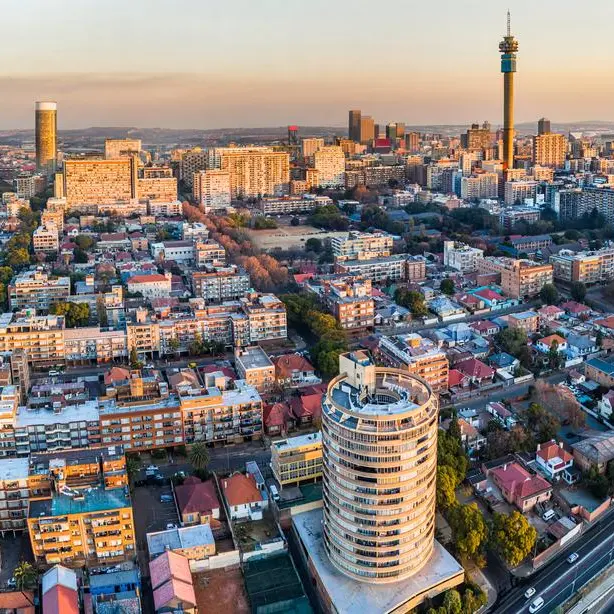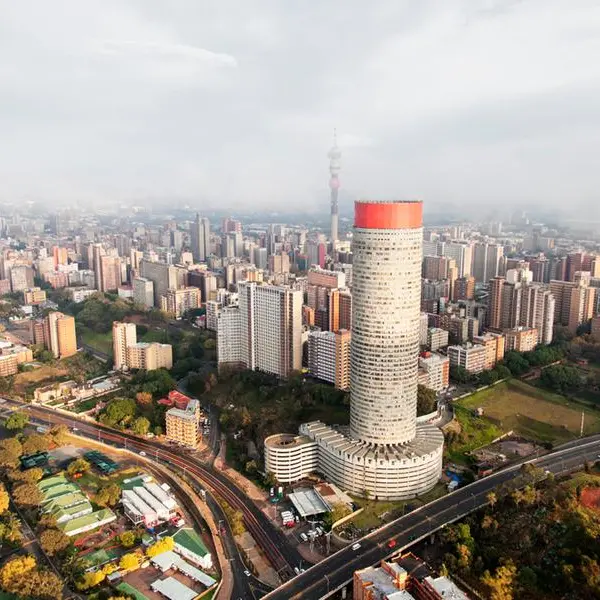PHOTO
Global and domestic food security remains under extreme threat. Climate change has always been the main driver for the threat, however, the recent invasion of Ukraine by Russia has drastically increased concerns about the impact of war on soaring food prices and input costs.
Paul Makube, Agricultural Economist at FNB, says they recognise the historical and current contribution by agriculture to greenhouse gas emissions (GHG) that interfere with the climate system and the negative consequences of that.
"The decades long cumulative effect of GHG emissions has resulted in changing weather patterns characterised by extreme and prolonged droughts, intermittent rainfall and flooding conditions, and the rise in sea levels.”
This interferes with normal production operations and planning, causing volatility in output prices, and threatening global and domestic food security, he adds.
Hot, hotter, hottest
According to the 2021 Intergovernmental Panel on Climate Change (IPCC) report it is "virtually certain" that hot extremes (including heatwaves) have become more frequent and more intense across most land regions since the 1950s.
The report states that cold extremes (including cold waves) have become less frequent and less severe. These hot extremes observed over the past decade would have been extremely unlikely to occur without human influence on the climate system.
"Marine heatwaves have approximately doubled in frequency since the 1980s, and human influence has very likely contributed to most of them since at least 2006," the report found.
Makube says they have been observing periodical droughts and a gradual shift in weather patterns that has impacted both livestock and crop production.
"Erratic rainfall and delays in the onset of seasons reduce normal optimal planting windows for crops in various areas. Consequently, yields are impacted negatively in crops such as maize as they do not receive sufficient heat units when planted beyond the planting window. They are further potentially exposed to potential frost that may cause serious damages."
Rising ambient temperatures in normally warm areas have also forced farmers to adopt intensive livestock systems at a huge cost. “This also comes with high energy demand in cooling hi-tech environmental housing, thus making such operations vulnerable to power outages which have now become part of South Africa’s landscape.”
Rapidly changing conditions
Makube says long term forecasts indicate that climate change in South Africa will cause temperatures to increase on average by 2.5 to 3 degrees Celsius by 2050. It is expected that hot regions will expand in size and warm regions will become hot.
Rainfall is expected to generally decline with more extremities such as flooding and hailstorms. This will force the farmers hand to either adapt or shift production to more suitable areas.
"Pests and diseases will also respond to changing conditions and move to areas where they were not previously experienced thus compounding challenges for farmers," warns Makube.
Parts of the Northern, Eastern and Western Cape have recently battled a devastating outbreak of locust swarms that have damaged and consumed thousands of hectares of grazing. Experts have contributed massive outbreaks in recent years to “unusual climate conditions”.
Mitigation
Makube says it is imperative for the agricultural sector to implement “precision and conservation agriculture” in its production systems to mitigate its impact on climate change. This entails deployment of precision tools in fertilizer application and the use of environmentally friendly types, cover cropping, crop cycling, and no-till farming.
Furthermore, it requires the use of improved technology such as nets in orchards, not only to reduce evapotranspiration (transfer from the land to the atmosphere by evaporation from the soil and other surfaces and by transpiration from plants) but also to improve quality of products.
Producers could improve herd management through effective breeding and genetics that may ensure lower emissions to conserve the environment. The health of livestock can be improved through the development of new vaccines and environmentally safe pest control mechanisms.
"If we ignore the signs, global temperatures will continue to rise and disrupt weather patterns. This means high crop failures, surging commodity prices, and famine across the globe," warns Makube.
It is critical to continue with research into regenerative agriculture, which aims to increase biodiversity, reduce water consumption, recycle farm waste, sequestrate GHG emissions and improve soil health and the climate resilience of crops.
"At FNB, for example, we will increase financing in the green economy and support and encourage the use of technology and climate-smart agriculture," says Makube.
All rights reserved. © 2022. Bizcommunity.com Provided by SyndiGate Media Inc. (Syndigate.info).





















